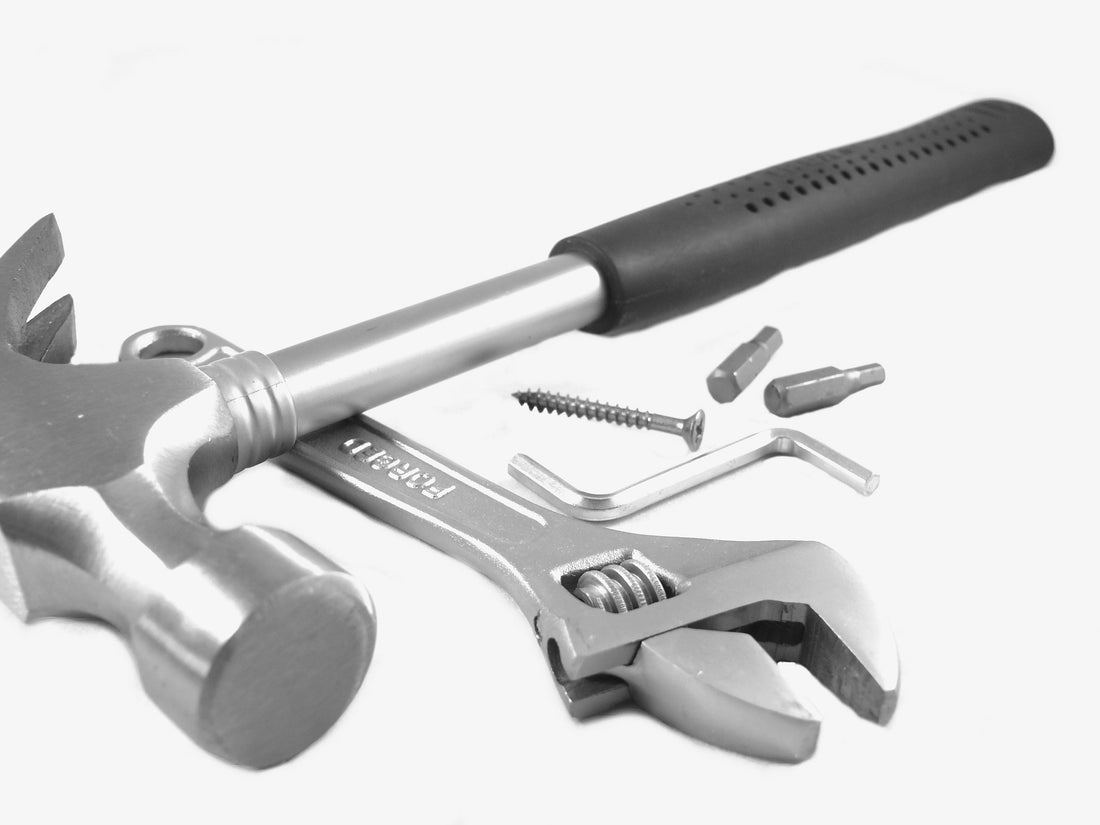Building a new speaker Part 2
by Paul McGowan
In yesterday's post, we kicked off the first of our 4-part series on speaker building. In this series, I wanted to share with you what we were trying to achieve when we designed the first in our new line of reference standard loudspeakers, the AN3, and how we went about achieving our goals.
One point of confusion with the AN3 is where it sits in our eventual line of speakers—it is in the middle. AN3 is one of three in the AN Series, but we plan two series. The second series will move downward in price and size from the AN line but will have a close family resemblance in appearance and performance. Eventually, there will be 6 models of full range loudspeakers ranging from (we hope) as low as $3K the pair to the mighty AN1. All will have servo powered bass, separate midrange and tweeter. The long-awaited Sprout speaker is also looming on the horizon though it will be bookshelf sized and not powered.
They say (whoever "they" are) that it's best not to watch the process of sausage making. Perhaps designing loudspeakers would have the same cautionary warning attached but you know me, I cannot resist pulling back the kimono and sharing with you the entire story: the clip leads, the helter-skelter, the computer modeling, the successes and failures.
I know that many readers have this Pollyannaish notion of how speakers are designed—white-coated engineers bristling with slide rules and spouting knowledge like Dilbert, but I am here to tell you that's a rare scene. I've spent many years of my life watching and practicing the art of design with some of the best and it ain't that way for those that use our ears and calculators to design. It's a combination of meters and screens and computers and sweat and patience and listening.
In the second of the four videos, which you can watch here, I spend the time showing viewers how Arnie's 4-way system works and how each of the 4 parts actually sounds. So, if you've ever wondered how a multi-way crossover works and sounds this is an instructive video to watch.
The demonstration and the information we gain from this is important to the final design. That is because it's easier to clone the sound of one system into another if it is done in small increments such as just the midrange and tweeters.
I think you'll find today's video illuminating.
- Choosing a selection results in a full page refresh.
- Opens in a new window.







